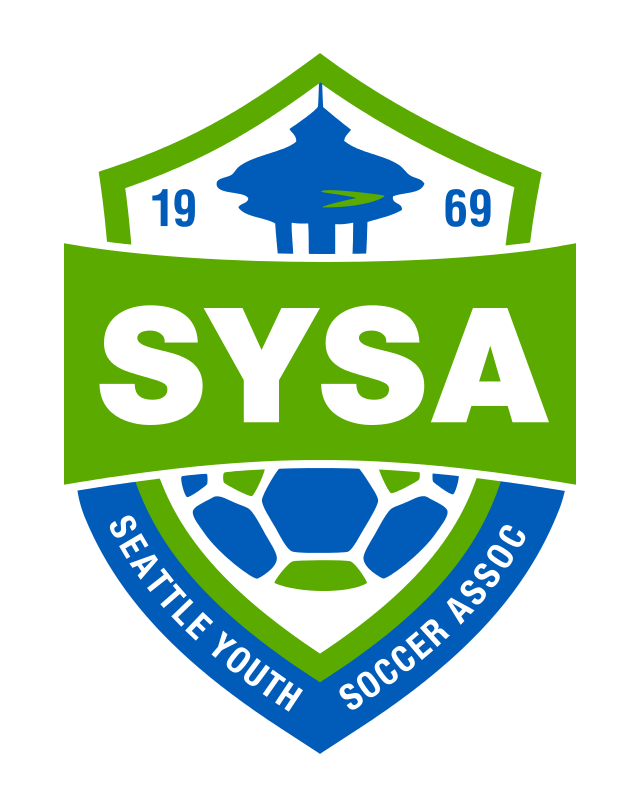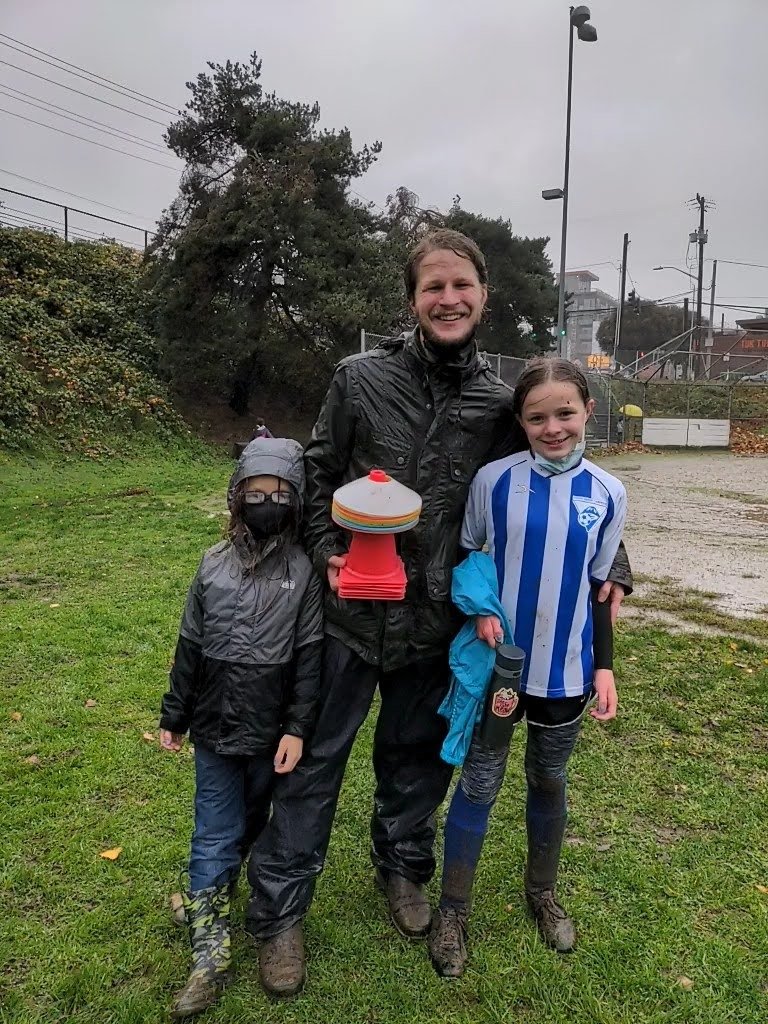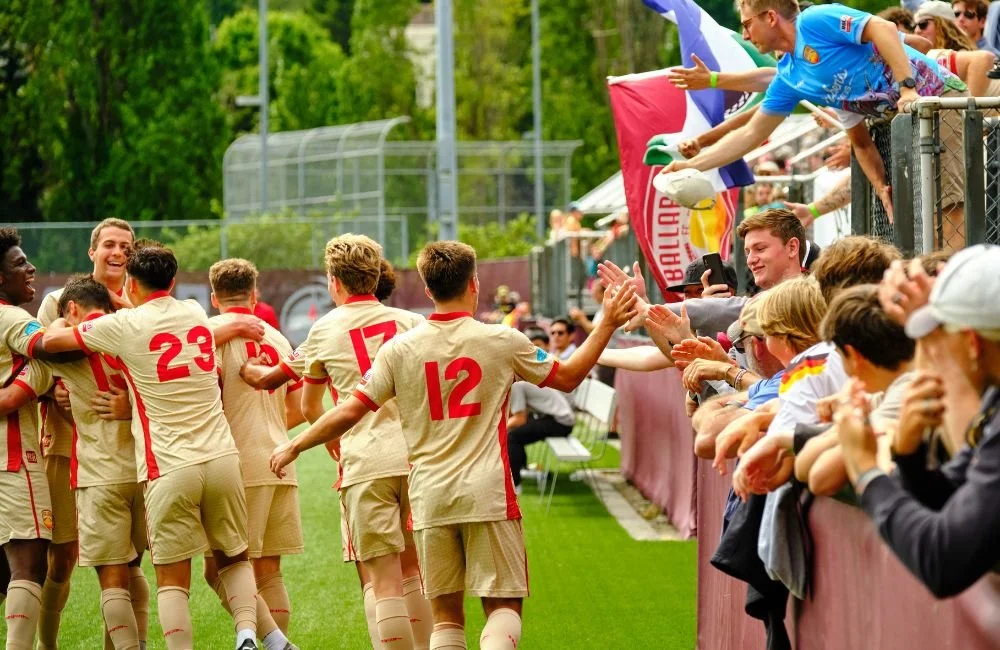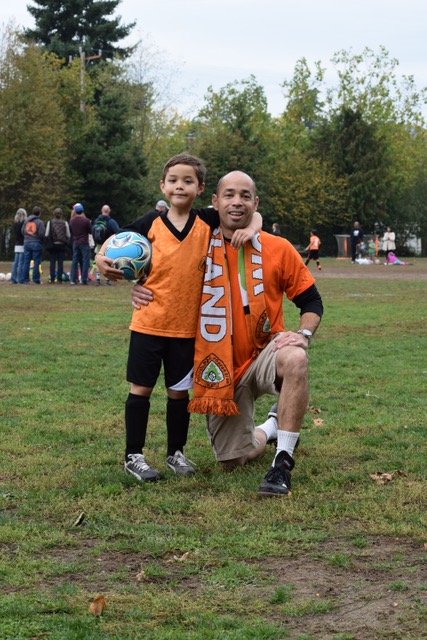Lightning Policy
Decisions regarding weather conditions are the responsibility of the game officials, coaches, tournament directors present at the field.
All should be aware of the potential dangers posed by different weather conditions and work together to keep the players and other participants as safe as possible. If the weather conditions warrant, game officials and coaches should discuss before the game starts what the procedures will be to insure the safety of the players.
Tournament directors should monitor weather conditions including the warnings and watches issued by the National Weather Service. In the event of sudden changes, the tournament directors should have a means of sending warnings to the site officials. A weather plan should be provided to the participating teams to allow a clear understanding of shelter locations, evacuation plans and how the weather will affect tournament results. Club administrators should perform similar functions for league play.
Thunder & Lightning
Lightning is the second leading cause of storm-related deaths (flooding is first). Lightning can strike up to 10 miles outside of a thunderstorm, literally a bolt from the blue.
The danger from lightning can persist for 20-30 minutes or more after a thunderstorm has passed. The National Weather Service does not issue watches or warnings for lightning by itself. However, the National Weather Service does advise that if you see a lightning bolt and hear the thunder in 30 seconds or less, you seek shelter and wait 30 minutes before resuming outdoor activity.
If a person can hear thunder, or see lightning, the danger already is present. A clear, sunny sky overhead with storm clouds nearby can still be dangerous.
Referees & Coaches should adhere to the following
If lightning is within five miles, with or without hearing thunder, the game(s) or practice(s) should be suspended and shelter sought. A lightning detector or similar app can identify the distance accurately but may not be available. A rough guideline is to measure the time between the lightning flash and hearing the corresponding thunder. If it is 30 seconds or less, seek shelter. It may not be possible to determine which lightning strike generated which roll of thunder. A simple rule: If you can see it or hear it, clear it.
SYSA recommends that participants seek immediate shelter in their automobiles or a designated severe weather shelter, if there is one nearby. Smaller, open structures, tents, trees, isolated areas, etc, should be avoided. Cars, with windows rolled up or buses, can provide good shelter. Avoid contact with metal or other conducting materials to the outside surfaces. Do not stay in open, unprotected areas.
Games should not be restarted for at least 30 minutes after the last lightning strike is seen or roll of thunder is heard.
Awareness & Putting Safety 1st
It is strongly recommended that coaches all have the latest weather apps loaded on their phones. These apps should include instant weather conditions and lightning strike notification. The coaches are responsible for keeping informed of the weather conditions at home, along their route to the game and at the game site. The coaches are also responsible for communications with the opposing coach and their own team in the event of inclement weather. Discussions between the coaches must provide for common sense to prevail.
































